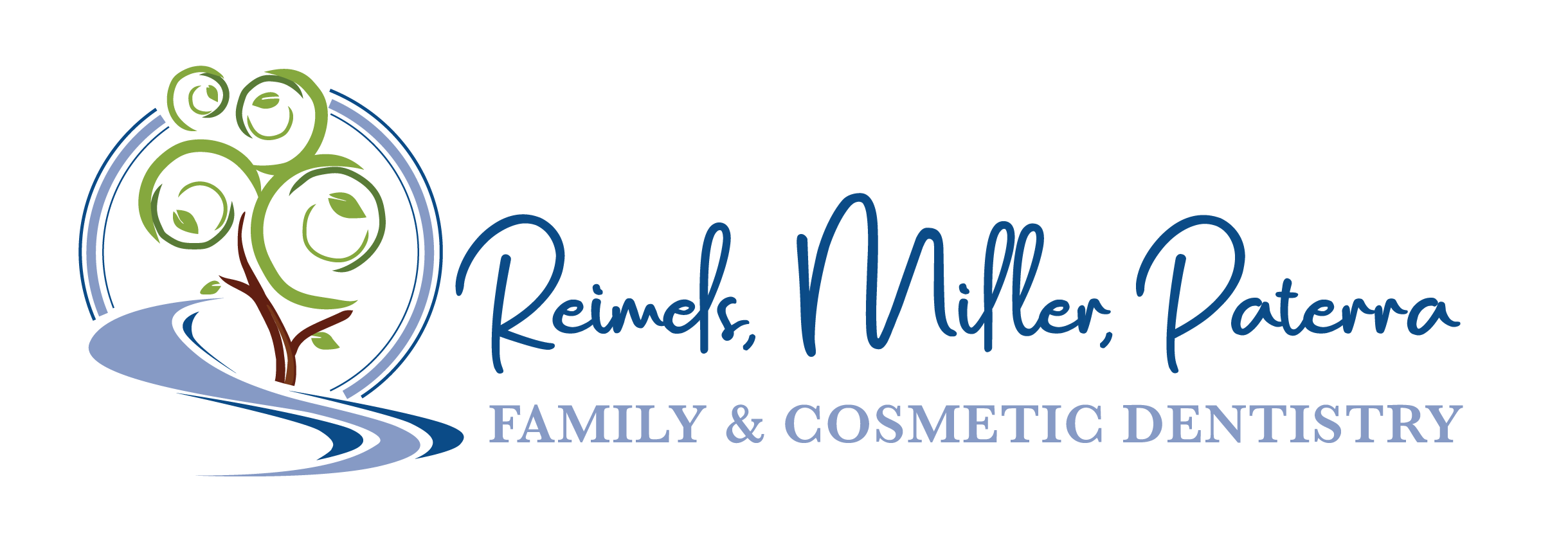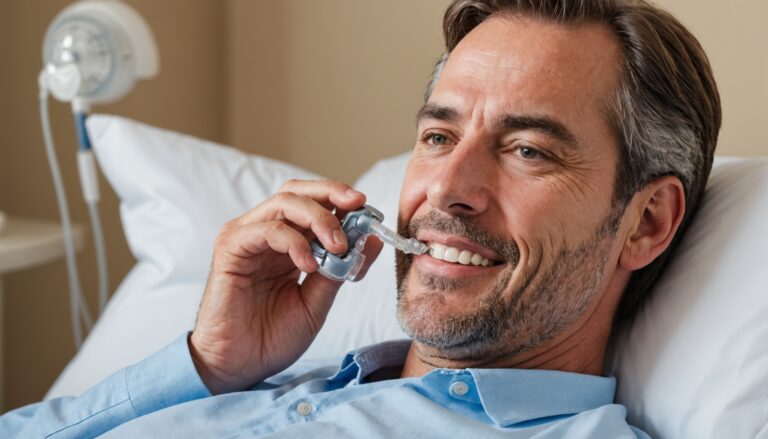Oral Appliance Therapy for Sleep Apnea
Oral appliance therapy is becoming a popular choice for treating sleep apnea, particularly for those who may struggle with traditional methods such as CPAP machines. These devices are designed to keep the airway open during sleep, helping to alleviate the symptoms associated with sleep apnea.
Importance of Oral Appliances
Oral appliances are effective, non-invasive solutions for individuals with mild to moderate obstructive sleep apnea (OSA) and snoring. These FDA-approved devices, often custom-fitted mouth guards, provide a comfortable alternative that can significantly improve sleep quality and overall health. Studies indicate that mandibular advancement devices (MADs), a type of oral appliance, can reduce the severity of sleep apnea symptoms by more than half in around 70% of individuals suffering from this condition.
The increasing popularity of these devices is largely due to their convenience and ease of use. Unlike CPAP machines, which require a power source and can be cumbersome, oral appliances are portable and simple to wear. They work by repositioning the jaw and tongue to maintain an open airway throughout the night, reducing the episodes of apnea.
Benefits Over CPAP
While CPAP therapy has long been considered the gold standard for treating sleep apnea, many patients find it uncomfortable or challenging to use consistently. In comparison, oral appliance therapy boasts several advantages, including:
| Feature | Oral Appliances | CPAP Machines |
|---|---|---|
| Comfort | Generally more comfortable and less intrusive | Can be uncomfortable and bulky |
| Compliance Rate | Approximately 90% compliance | Around 50% compliance |
| Portability | Easy to carry and use without a power source | Requires electrical outlet and hoses |
| Customization | Custom-fit options available | Limited adjustments for fit |
| Side Effects | Mild effects, such as tooth shifts or jaw discomfort | Potential for noisy operation and skin irritation |
Studies suggest that the effectiveness of oral appliances is nearly equivalent to CPAP therapy. Additionally, users report higher satisfaction rates due to the comfort and convenience of oral devices [1].
If you are looking for a dental sleep apnea treatment that is non-invasive and effective, consider exploring the benefits of FDA-approved oral appliances for sleep apnea. They can serve as a practical alternative to CPAP therapy, allowing you to obtain restful sleep and improve your overall wellbeing. For more information, consider consulting a sleep apnea dentist treatment for personalized recommendations.
Types of Oral Appliances
Oral appliances offer effective treatment alternatives for managing sleep apnea, especially for those seeking non-invasive options. The two primary types of oral appliances are Mandibular Advancement Devices (MADs) and Tongue-Retaining Devices (TRDs).
Mandibular Advancement Devices (MADs)
Mandibular Advancement Devices (MADs) are a popular choice for adults dealing with obstructive sleep apnea (OSA). These devices work by gently repositioning the lower jaw forward, which enlarges the upper airway and reduces the chances of airway collapse during sleep.
The effectiveness of MADs is notable; while they are effective in reducing pauses in breathing and improving oxygen levels during sleep, they may be less effective than CPAP therapy. Customized MADs tend to be more comfortable and fit better, enhancing their effectiveness compared to over-the-counter, premade models, which are not FDA cleared for treating sleep apnea but only for snoring [3].
| Feature | Description |
|---|---|
| Functionality | Repositions jaw forward to prevent airway collapse |
| Effectiveness | Reduces breathing pauses; less effective than CPAP |
| Customization | Customized versions are superior to premade options |
MADs can effectively manage mild and moderate sleep apnea. For tailored treatment, consulting a sleep apnea dentist for a custom mouthpiece may be beneficial.
Tongue-Retaining Devices (TRDs)
Tongue-Retaining Devices (TRDs) are another alternative for treating obstructive sleep apnea. Unlike MADs, TRDs work by using a suction mechanism that holds the tongue in a forward position, preventing it from collapsing back into the throat during sleep. This design enhances airflow through the airway, resulting in fewer interruptions during sleep.
TRDs may be particularly useful for individuals who primarily experience obstructions caused by the tongue. While they can be effective in managing sleep apnea, many people find MADs more comfortable and easier to adapt to.
| Feature | Description |
|---|---|
| Functionality | Keeps tongue forward to maintain open airway |
| Customization | Custom-made versions generally provide better fit and comfort |
Both MADs and TRDs are advantageous options to consider when looking for an oral appliance for sleep apnea. If you’re searching for non-invasive solutions, these oral appliances can significantly improve your sleep quality while potentially offering an alternative to CPAP devices [5]. It is always recommended to consult with a qualified dentist for the best course of action tailored to your specific needs.
Effectiveness and Compliance
When considering treatment for sleep apnea, understanding the effectiveness and compliance rates of oral appliances compared to CPAP therapy is crucial for making an informed decision.
Comparison to CPAP Therapy
Oral appliances, particularly mandibular advancement devices (MADs), show effectiveness nearly equivalent to continuous positive airway pressure (CPAP) therapy. Research indicates that MAD therapy significantly reduces the frequency of paused breathing events at night and increases blood oxygen levels. Additionally, individuals report a decrease in daytime fatigue, improved blood pressure management, enhanced cognitive function, and an overall boost in mood and well-being [1].
Here’s a summary of the effectiveness levels of both therapies:
| Therapy Type | Effectiveness |
|---|---|
| CPAP Therapy | Nearly 50% compliance, effective but cumbersome for many users |
| Oral Appliance Therapy | Around 90% compliance, highly effective especially for mild to moderate cases |
Compliance Rates and Effectiveness
Compliance rates for oral appliance therapy are significantly higher compared to CPAP therapy. Studies reveal that approximately 90% of patients adhere to using oral appliances, whereas compliance with CPAP therapy hovers around 50%. This higher adherence is likely attributed to the comfort and ease of use of oral appliances, making them a preferred choice for those seeking non-invasive alternatives.
Furthermore, clinical evidence suggests that MAD therapy is effective even for moderate to severe obstructive sleep apnea (OSA), with around 70% of users experiencing a reduction in the severity of their condition by more than half. Improvements in the Epworth Sleepiness Score (ESS)—a common measure of daytime sleepiness—indicate significantly better daytime function when patients utilize oral appliances. In a study involving 854 patients, the ESS decreased from 11.2 to 7.8, illustrating notable improvement in sleep quality and daytime alertness [6].
In summary, if you’re considering an oral appliance for sleep apnea, the effectiveness and compliance rates suggest it could be a viable alternative to traditional CPAP therapy, delivering both comfort and performance in managing mild to moderate sleep apnea symptoms.
FDA-Approved Oral Appliances
New Tongue Muscle Stimulation Device
The FDA has recently approved an innovative oral appliance known as a tongue muscle stimulation device. This device utilizes electrical signals to stimulate the tongue muscles, which helps prevent airway obstruction that causes snoring and mild sleep apnea. This option presents a less invasive alternative to traditional CPAP machines, making it more portable and convenient for many users.
Initial research indicates that the tongue muscle stimulation device can reduce breathing interruptions by nearly half in individuals with mild obstructive sleep apnea (OSA). While these promising results suggest potential effectiveness, further studies are necessary to fully assess its efficacy compared to other oral appliances [1].
Vivos Complete Airway Repositioning Devices
Another FDA-approved option is the Vivos Complete Airway Repositioning Device. This appliance is designed to address more than just the sleeping issues caused by sleep apnea; it aims to correct structural problems in the airway itself. The Vivos device works by promoting proper jaw alignment and widening of the airway, which can enhance airflow and reduce snoring.
Research supports the effectiveness of oral appliances like Vivos in reducing the Apnea-Hypopnea Index (AHI), a measure of sleep apnea severity. Studies show significant improvements, with an average AHI reduction of 10.4 among patients using oral appliances. Additionally, 31% of those treated achieved an AHI reduction of at least 50%, contributing to improved sleep quality and overall health [2].
When considering options for sleep apnea treatment, consult with a trusted sleep apnea dentist who can guide you in selecting the most suitable oral appliance for sleep apnea.
Customized vs. Premade Devices
When considering treatment options for sleep apnea, the choice between customized and premade oral appliances can significantly affect the outcome. Understanding the importance of customization and the potential risks associated with premade devices can guide you in making an informed decision.
Importance of Customization
Customized oral appliances, specifically Mandibular Advancement Devices (MADs), are tailored to fit your mouth precisely. This personalization is crucial because studies show that custom-made appliances are more effective for treating obstructive sleep apnea (OSA) compared to over-the-counter options, such as “boil and bite” models. Research indicates that custom devices generally provide better results and comfort for various patients [4].
When an appliance is crafted specifically for your dental structure, it enhances the fit and effectiveness markedly. It is essential to consult with a sleep apnea dentist to receive a personalized device that meets FDA standards for sleep apnea treatment. This ensures that you are not only receiving a high-quality product but also one that has been validated for efficacy.
| Appliance Type | Effectiveness | Comfort Level |
|---|---|---|
| Customized MADs | High | Generally high |
| Premade MADs | Moderate (only for snoring) | Variable |
Risks of Premade Devices
Premade devices are often readily available over the counter but come with significant drawbacks. These appliances are typically not FDA-cleared to treat sleep apnea specifically; they are primarily effective for reducing snoring, and their performance for OSA treatment is unverified.
Using premade options poses several risks:
- Poor Fit: They may not adequately conform to your dental anatomy, which can lead to discomfort and ineffective treatment.
- Lack of Support: You won’t receive professional guidance on treatment adjustments, which is crucial for individuals with varying severity levels of sleep apnea.
- Potential for Discomfort: Many users report discomfort with premade devices, leading to inconsistency in usage and, ultimately, ineffectiveness.
Your health is essential, and pursuing a custom mouthpiece for sleep apnea increases the likelihood of successful therapy. If you struggle to manage your sleep apnea or are looking for an alternative to CPAP for sleep apnea, consulting with a qualified professional for a custom device is advisable.
Opting for a custom oral appliance ensures you receive a solution tailored to your needs, maximizing your comfort and treatment efficacy. For more information on securing a custom device, explore our section on dental sleep medicine treatment.
Insurance Coverage and Considerations
Understanding insurance coverage for an FDA approved oral appliance for sleep apnea is crucial for those seeking treatment alternatives. Both Medicare and private health insurance plans often provide coverage for these devices, making them more accessible for individuals with sleep apnea.
Medicare Coverage for Oral Appliances
Medicare has recognized the importance of oral appliances in treating obstructive sleep apnea. Since 2011, Medicare has covered FDA approved oral appliances, significantly improving coverage allowances across various medical plans [7]. However, patients must meet specific criteria to qualify for this coverage:
| Criteria | Description |
|---|---|
| Diagnosis | A formal diagnosis of obstructive sleep apnea must be provided. |
| Prescription | The appliance must be prescribed by a healthcare provider. |
| Prior Treatment Requirement | There may be a requirement to attempt CPAP therapy without success before being eligible for coverage. |
Health Insurance Reimbursement
Most health insurance policies cover oral appliances, categorizing them as durable medical equipment. When prescribed by a healthcare professional, costs are typically covered by several health plans, including popular insurers like Blue Cross Blue Shield and MetLife [2]. Here is a summary of coverage points for different insurance providers:
| Insurance Provider | Coverage Status | Notes |
|---|---|---|
| BCBS | Often covers oral appliances | Coverage requirements may vary by state. |
| MetLife | Generally covers oral devices | Requires a prescription from a dentist. |
| Medicare | Covers FDA approved devices | Must meet Medicare criteria for coverage. |
It’s essential to review your specific insurance policy and discuss with your healthcare provider to understand the coverage for the oral appliance therapy you are considering. Additionally, confirming with your insurance provider can ensure that you are well-informed about out-of-pocket expenses and reimbursement processes.
For more information about treatment options and devices, you can explore dental sleep medicine treatment and consider visiting a dentist that treats sleep apnea for personalized solutions.








